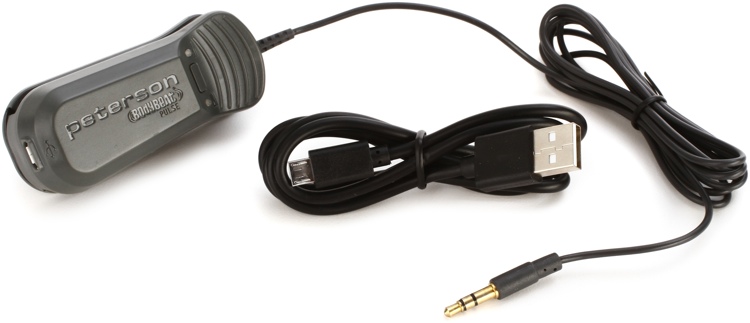I like your idea, but here’s the problem, you’re confusing the linear faders to that of a hammond organ, not that of a church organ console. they do not use faders at any point because the stop action is purely on a midi scale 0 or 1 mode, off / on, no variation, therefore, a console with 80 stops as an example, would not only have to take on 80 of these faders as an example to engage / disengage stops, but also a suitable power rail, circuit boards, amongst other parts. I’m not an electrical engineer and am fully blind, so I can’t solder for toffee 
Tyes, having faders like this running as banks is a good idea in a tactile practice, as when off, the faders would be at 0 state (lowest level), when on, would be at top state (1), but on a linear scale, the instruction change has to convert 0 - 1 as values 0 - 127 and include ramp up / down motor speed so as not to “snap” the fader from 0 to 1 (0-127)
You’ve now put this thought in my head, you naughty thing you  lol hmmmm. if someone could utilise these, build a stop rail or 2 x stop panels using these to particular elements, that would actually be something rather unique and quite sexy.
lol hmmmm. if someone could utilise these, build a stop rail or 2 x stop panels using these to particular elements, that would actually be something rather unique and quite sexy.
are these touch sensitive, as in, do the fader heads have capacitive response? I ask as, if a surface were made using these, but to have a rather unique design to them, wooden ball knobs could be fitted to make the console a bit more desirable / traditional, rather than modern.
hmmmmm. food for thought.
any electronics guys out here up for a potential challenge?
lew





